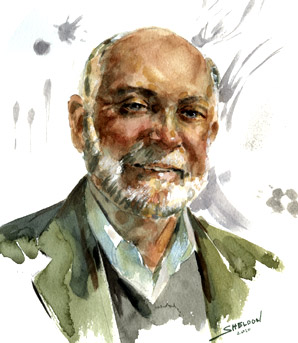

The expert says he became interested in crime scene reconstruction and blood spatter analysis after determining a murder weapon as an ax-before forensic evidence showed otherwise. It’s the detectives, like Englert, that go out and solve the crime. They don’t carry guns or interview people. “One thing that’s even more disturbing is when young people see that stuff and walk away with the expectation that they can do testing and interview people and work in the lab, and that is far from the truth,” Englert said.Įnglert debunks these myths in his book, explaining that the people in the lab only work in the lab. This idea that real life crime solving is just like what we see on crime shows can lead to unrealistic expectations about what’s supposed to happen in a trial. “DNA isn’t the catch-all to everything, either.” “I often testify to jurors and tell them that it’s not like what they portray on television,” Englert said. And we’re not talking about what you see on CSI.

“That’s not the real world.”Įnglert is a 43-year veteran of law enforcement, whose new book Blood Secrets reveals the process of solving homicide cases through forensics. “On television, it’s the lab person running around doing it all, and that’s just not the way it is,” Rod Englert said.


 0 kommentar(er)
0 kommentar(er)
